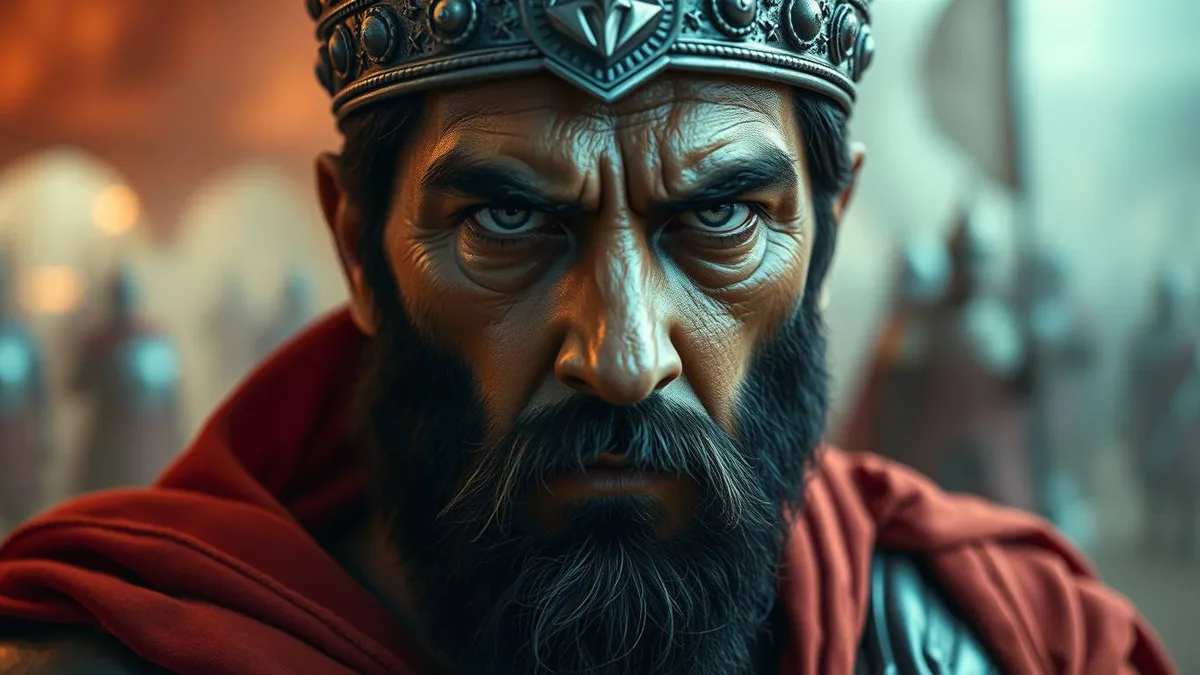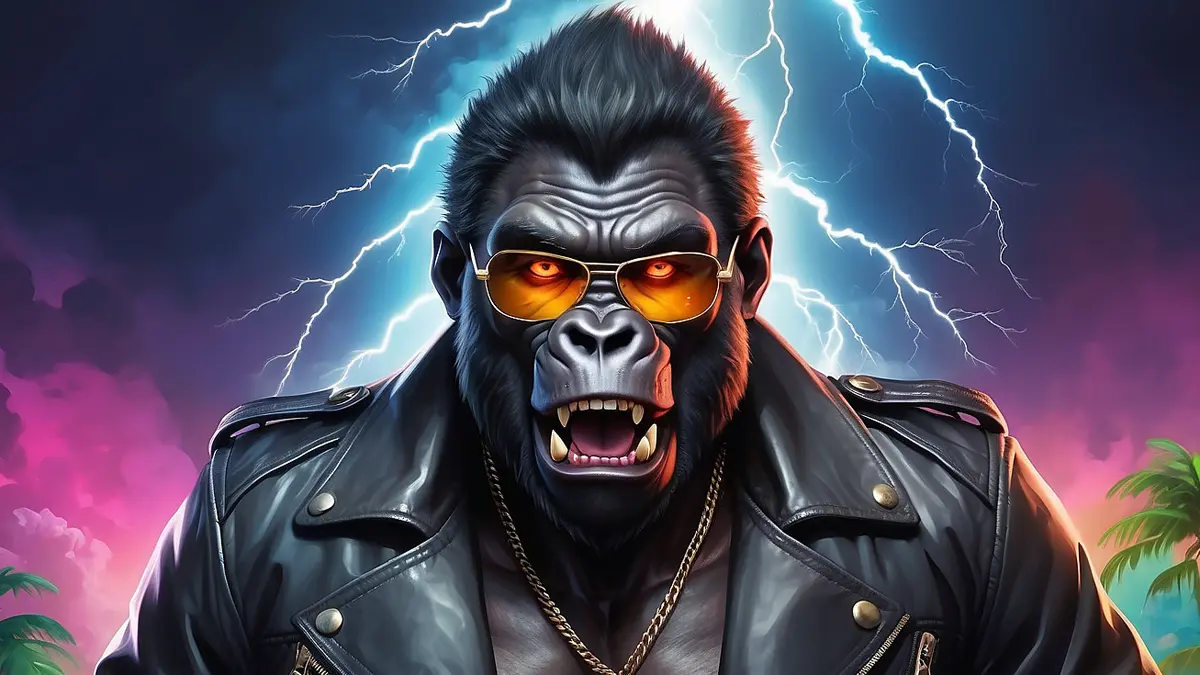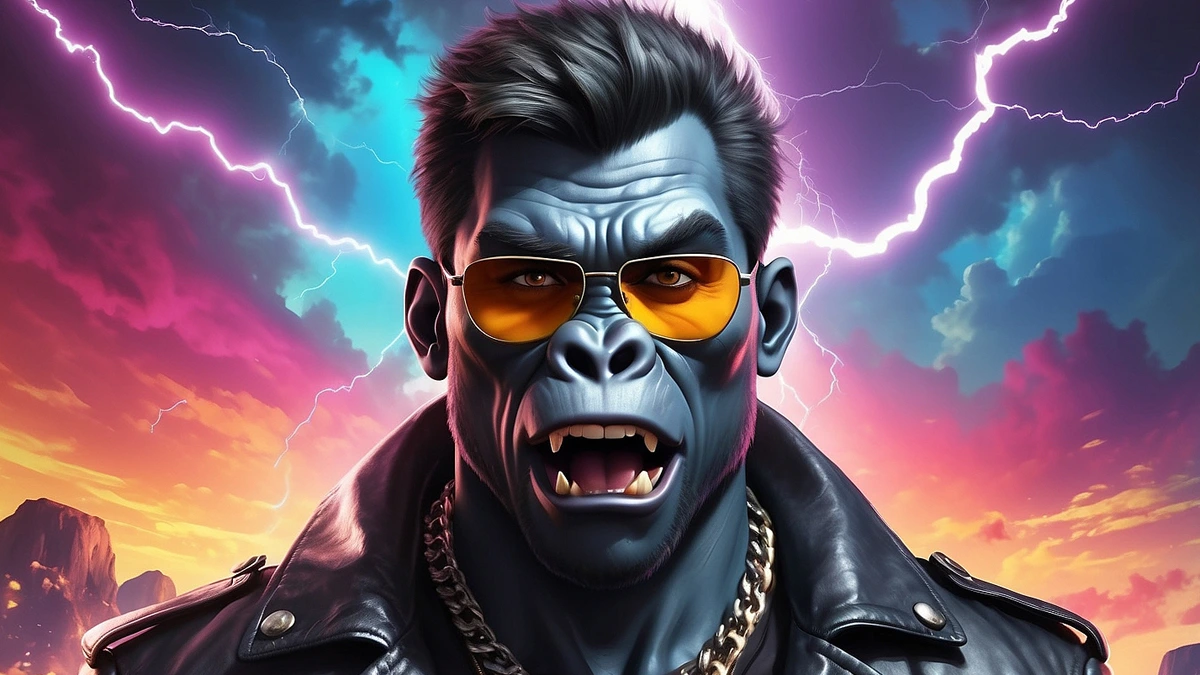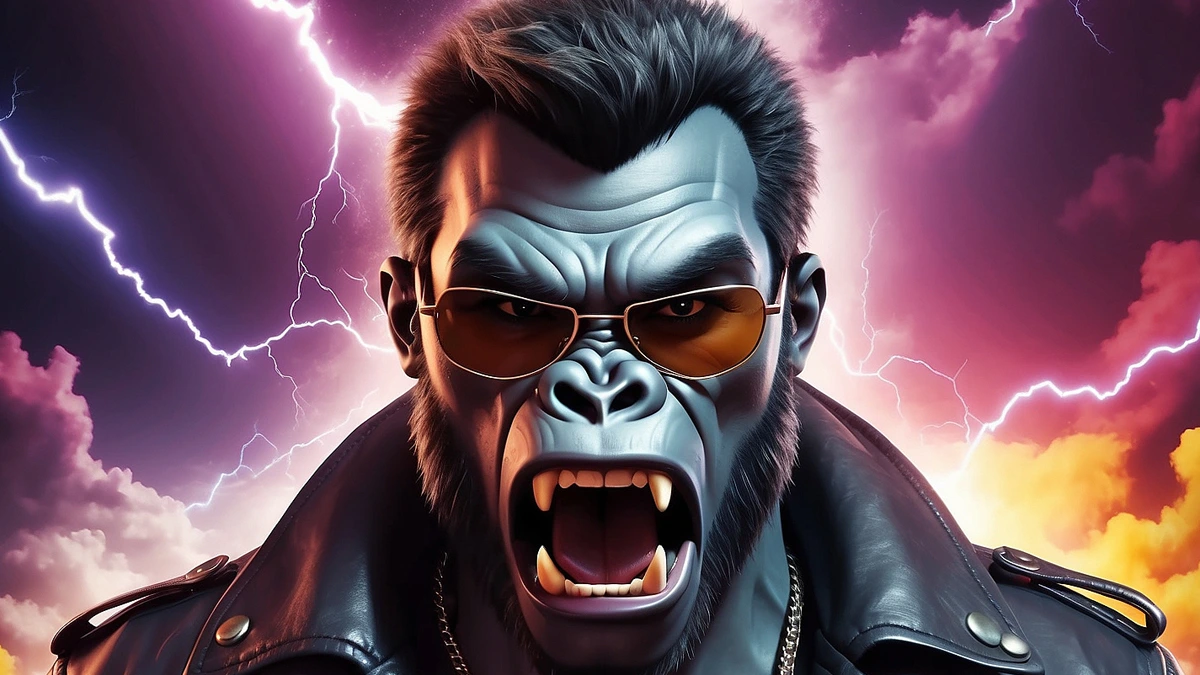Chapter 14 of Ira: The Age Of Darkness is a cinematic, myth-infused account of Babylon’s downfall. Through evocative prose and tightly-paced action, it chronicles the siege of the ancient city, the collapse of its defenses, and the supernatural rise of Ira—a mysterious warrior who turns the tide of destruction into a tale of vengeance and reluctant heroism. In this blog, we unpack the chapter in depth, analyzing the historical echoes, narrative pacing, symbolic power, and emotional stakes that drive the story forward.
Setting the Stage: Babylon Under Siege
The chapter opens in an atmosphere thick with dread and smoke. The city of Babylon—once a beacon of might and culture—is now cornered by the relentless forces of Cyrus the Great. General Nabonidus and his son Belshazzar prepare for a last stand behind the towering walls and the Euphrates River. This setup immediately draws from historical context but adds fictional weight by introducing supernatural elements and intimate perspectives. Babylon isn’t just a city; it’s a character fighting for survival.
The tactical brilliance of Cyrus is established through his inner circle: Harpagus and Gobryas, who propose the plan to manipulate the river to breach the city. The use of water as both lifeline and vulnerability reflects broader themes of duality and inversion that persist throughout the narrative.
The Breach: A Strategic Masterstroke
As the Persian army diverts the Euphrates and invades through the dried riverbed, the action erupts. The tension gives way to chaos as Nabonidus and his forces try to repel the onslaught. This portion of the chapter showcases battle writing at its finest: tightly choreographed, sensory-driven, and grounded in both desperation and strategy.
Belshazzar and other generals lead from the front, revealing the gravity of the stakes. Their heroism contrasts with the inevitability of defeat. Yet the emotional core remains steady—not merely who wins, but what is lost in the process. Babylon begins to fall, not just structurally, but spiritually.
The Turn: Ira Emerges from the Ashes
At the height of despair, the story pivots sharply. Fleeing across the steppe, Nabonidus and remnants of his army are pursued. Then, from the periphery of myth and reality, Ira appears: a lone figure wielding a blade of supernatural frost, riding a black horse.
This moment is pure fantasy iconography—a fallen city redeemed by a mysterious avenger. Ira’s fight sequence reads like a fever dream: arrows deflected, enemies slain with a blade that seems more elemental force than forged metal. The surreal return from death positions Ira not as a man, but a myth in the making.
The contrast is stark. While Nabonidus is worn and human, Ira is a cold flame, both savior and enigma. His powers awaken only when needed most, a classic trope turned fresh by the visceral prose and emotional ambiguity.
A Vengeance Unleashed: Mythic Battle Sequences
Ira’s counterattack on the Persian camp unfolds with cinematic intensity. The frigid power of his sword transforms the battlefield into a frozen nightmare. Persian soldiers fall not just to steel, but to a supernatural cold that invades their souls. Even Cyrus, stoic and brilliant, finds himself facing an enemy beyond comprehension.
The writing captures the paradox of Ira’s nature: cold, brutal, yet fighting for something profoundly human. Each swing of his blade is a release of anger, memory, and existential defiance. The frost he generates is not simply magical flair—it’s a manifestation of his loss, rage, and transformation.
Emotional Cost and Identity Crisis
Victory is brutal. The Persians retreat. Babylon is momentarily safe. But the cost to Ira is steep. He stands amidst the frozen corpses, not triumphant, but hollow. Nabonidus praises him, offers him leadership, but Ira demurs. He does not see himself as a hero.
This part of the chapter dives deep into the internal consequence of power. Ira’s strength, while awe-inspiring, alienates him. He is no longer human in the way others are. The sword—a conduit of his frostbound energy—becomes symbolic of the divide between his old self and what he’s becoming.
Rebuilding and Foreshadowing
The final pages pivot once again. Ira, reluctant but resolute, accepts the mantle of protector. Under his command, Babylon’s defenses are rebuilt. Yet even in victory, the narrative maintains tension. Cyrus is not gone. War will return. And Ira, now both guardian and weapon, wonders what of himself will survive.
He becomes a living embodiment of sacrifice—not for death, but for leadership. The chapter closes on a chilling note: Ira watching the horizon, cold wind at his back, as Babylon prepares for another storm.
Literary and Symbolic Analysis
The Cold Flame: The frost power Ira wields isn’t just a fantasy device. It symbolizes the emotional cost of leadership, the freezing of personal identity for the sake of collective survival. Where others burn with rage, Ira freezes with focus.
The Steppe and the City: The steppe becomes a mythical battleground, a liminal space where history meets prophecy. Babylon, by contrast, becomes the last vestige of civilization, worth defending but already partly lost.
Weapon vs. Warrior: Ira’s refrain that he is a “weapon, not a leader” is an age-old exploration of agency and destiny. He is both the product of war and its necessary answer.
Conclusion: Babylon Falls, a Hero Rises
Chapter 14 of Ira: The Age Of Darkness transcends typical battle storytelling. It’s historical fantasy layered with poetic brutality and character introspection. The fall of Babylon marks not just a geopolitical shift, but the birth of a new myth.
Ira is the eye of the storm—a cold fire forged by suffering and vengeance. And while he saves Babylon, he loses something essential in the process. The chapter reminds us that even in victory, the greatest battles are internal.
It’s a masterclass in epic fantasy writing, blending myth, history, and emotional depth into a single, unforgettable chapter. And it sets the stage for what is sure to be an even more complex journey ahead.




